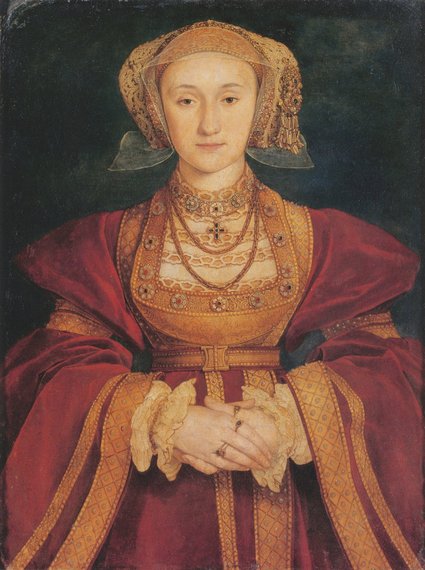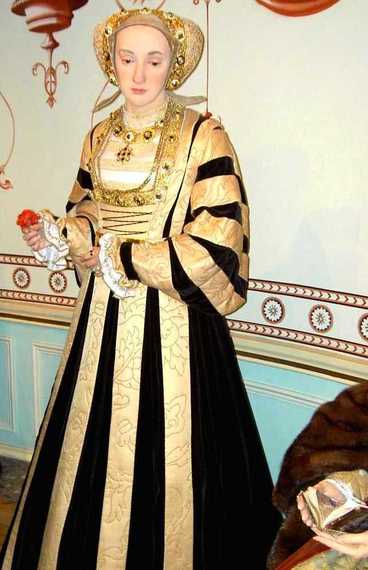A photograph of a wax figure sculpted from a painting. That's the idea behind Hiroshi Sugimoto's Portraits, a series of nine-minute-long exposures of wax figures that were modeled from painted portraits.
The result is a paparazzi-like photograph of a historical figure turned into a modern celebrity. Many of these photographs are now on view at the Getty Museum along with two other series by the artist.
How to combine art appreciation and historical context to give valuable experiences to visitors remains a challenge in the museum community. Art exhibitions tend to strip down the historical context of the artist or work or time period in deference to art appreciation. History exhibitions, on the other hand, can focus so intently on the context that aesthetics are overpowered by information. It's a well known debate in the museum world: art versus history, and can they ever successfully co-exist.
For example, a touring Frida Kahlo exhibition in which all objects and paintings are reproductions met criticism. The goal was to immerse the viewer in the world and biography of Frida Kahlo, however critics questioned the quality of the reproductions and the misleading advertising language.
But when executed correctly, a reproduction show can offer a way for art and history to co-exist. And that's what Sugimoto's Portraits accomplishes. While not technically reproductions, Sugimoto acknowledges his photographs are a step removed from the original work.
"Photography is like a found object. A photographer never makes an actual subject; they just steal the image from the world...Photography is a system of saving memories. It's a time machine, in a way, to preserve the memory, to preserve time."
Sugimoto's masterfully executed photographs show us how we can produce new objects from history that satisfy both aesthetic and historical context, as seen in the beautifully haunting photograph of Anne of Cleves, fourth wife of Henry VIII.
Here is how this works. Almost 500 years ago, Hans Holbein the Younger painted a portrait of Anne of Cleves.
Then Madame Tussaud created a wax figure of her based on the painting.
Enter Sugimoto, who staged the wax figure, removed the background, changed the angle, and composed this striking image.
The Holbein portrait was created to show Henry VIII and his council what Anne of Cleves looked like during marriage negotiations. That has framed and limited the context in which we experience Anne of Cleves, and therefore it's been easy to pass on the myth of the "Flanders mare" that displeased Henry VIII. We only know Anne of Cleves through Henry VIII's frame of reference.
Two steps removed from the painting, Sugimoto's photograph allows viewers to reset the context and experience her in a different dimension, as a person, and from her point of view. After appreciating the artistry of his composition and technique, it doesn't take long for viewers to wonder which moment in her life Sugimoto is trying to preserve.
Is it the moment she learned she was moving from Germany to England to become the fourth wife of the King of England? Is it a lonely moment as she watches everyone at court laughing in a language she doesn't speak? Is it the moment she realized her royal marriage was in jeopardy and she needed options? Or perhaps it's a moment from later in her life, as she peacefully reflects on her survival while walking through the gardens at Hever Castle.
Sugimoto's Portraits offer the best of both worlds for art lovers and history lovers, beautiful art that brings history to life before our eyes. The concept of the work is so compelling and well executed, it offers inspiration not only to artists but also to museum professionals on ways to bring art and history into harmony.



